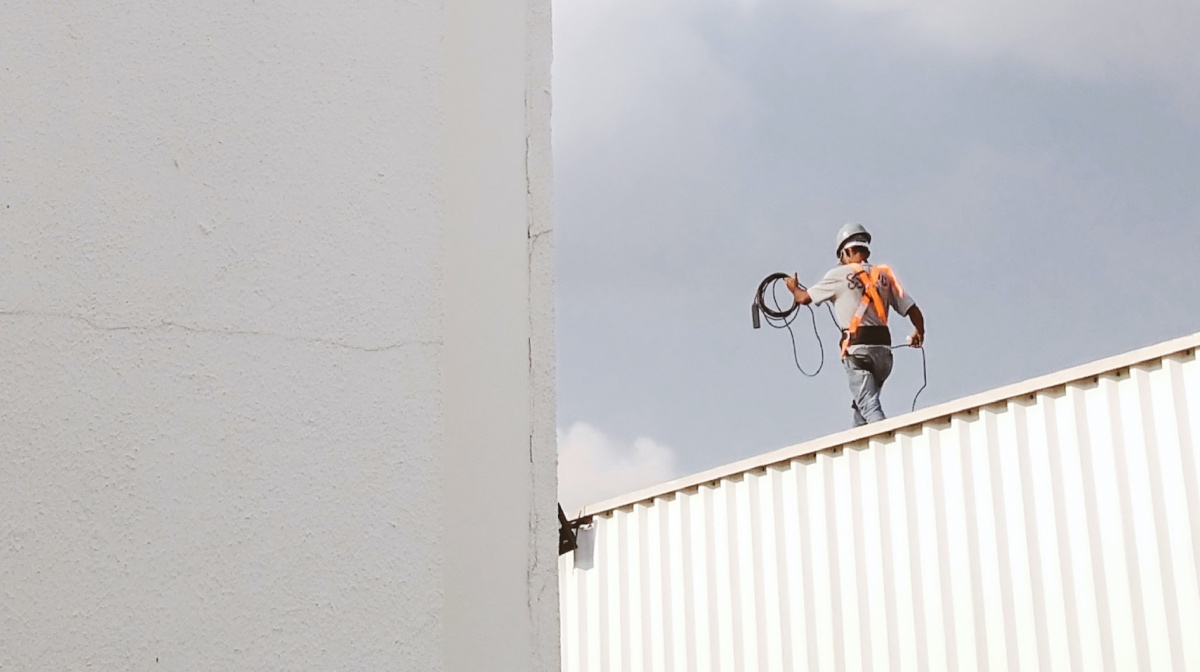At Gallagher Bassett, safety is our top priority, as we provide training courses to avoid accidents. But what about those ‘almost accidents’? While you and your staff may be happy to avoid an incident, ‘almost’ is just as bad as an incident. This month, we’re talking about ‘near misses’ so that you and your staff can consider yourselves safe, not lucky.
What is a Near Miss?
According to the Facilities and Services Division of Safety and Compliance, a “near miss” is an unplanned event that did not result in injury, illness, or damage, but had the potential to do so.
OSHA defines a near miss as an incident in which no property was damaged and no personal injury was sustained, but where, given a slight shift in time or position, damage or injury easily could have occurred. Near misses also may be referred to as close calls, near accidents, accident precursors, injury-free events and, in the case of moving objects, near collisions.
However, this potential isn’t something to ignore like your son’s liberal arts degree. A near miss is often a fraction of a second, or an inch or two in one direction or another, from being an injury. And next time, it could be an accident. The same oversights, miscalculations, and poor judgment that led to near misses can lead to fatal accidents.
What Can Cause A Near Miss?
Two things can cause near misses: unsafe acts and unsafe conditions. Unsafe acts are actions that can lead to near misses and/or accidents, such as improper lifting, walking under an overhead load, etc. Unsafe conditions are hazardous environments, such as poorly maintained equipment, oil or grease on floors, welding leads laid in walkways, or trash and boxes left in hallways due to poor housekeeping.
Many of our training courses have covered these two things but preventing them does more than avoiding accident opportunities. Scientific theories show that for every 600 near misses, there are 30 incidents that result in damage to property, 10 serious injuries and 1 fatality.
In short, the more risks you take, the higher the chance of serious or fatal injury.
Don’t Leave Those Odds to Luck
Correcting these measures or conditions will improve safety within your department and will provide a better working environment for all involved. Don’t let yourself or your coworkers become statistics. See near misses as warnings.
Remember: safety rules are safety tools. By staying in compliance and keeping up with the latest DOB updates, especially Chapter 33 updates occurring throughout the year, you can keep yourself and everyone on the job site safe.


